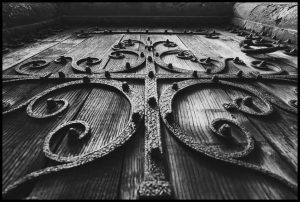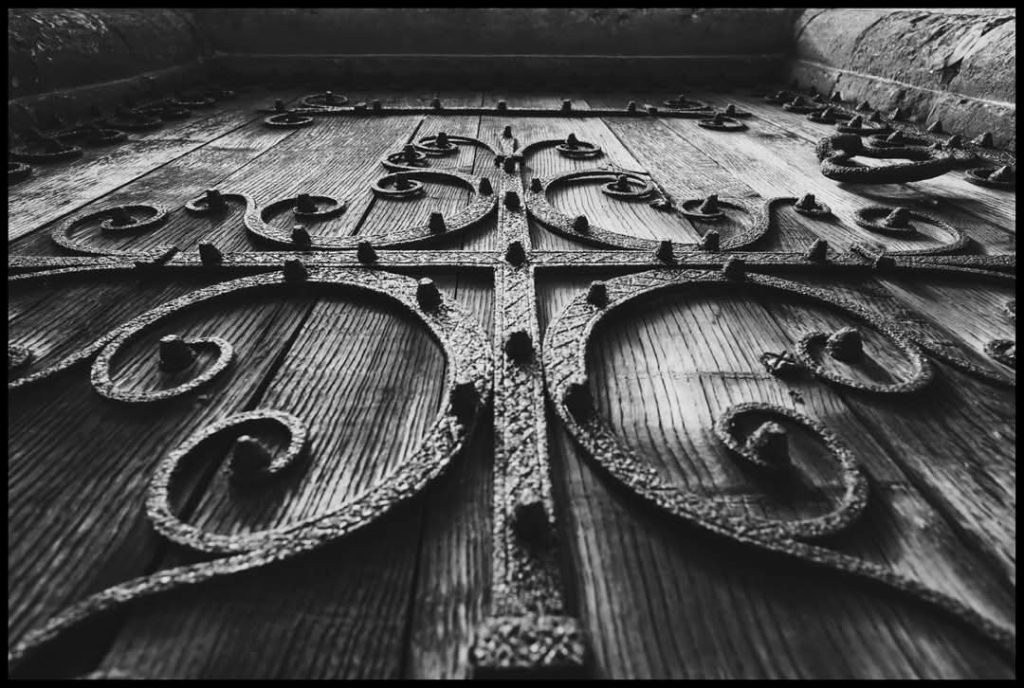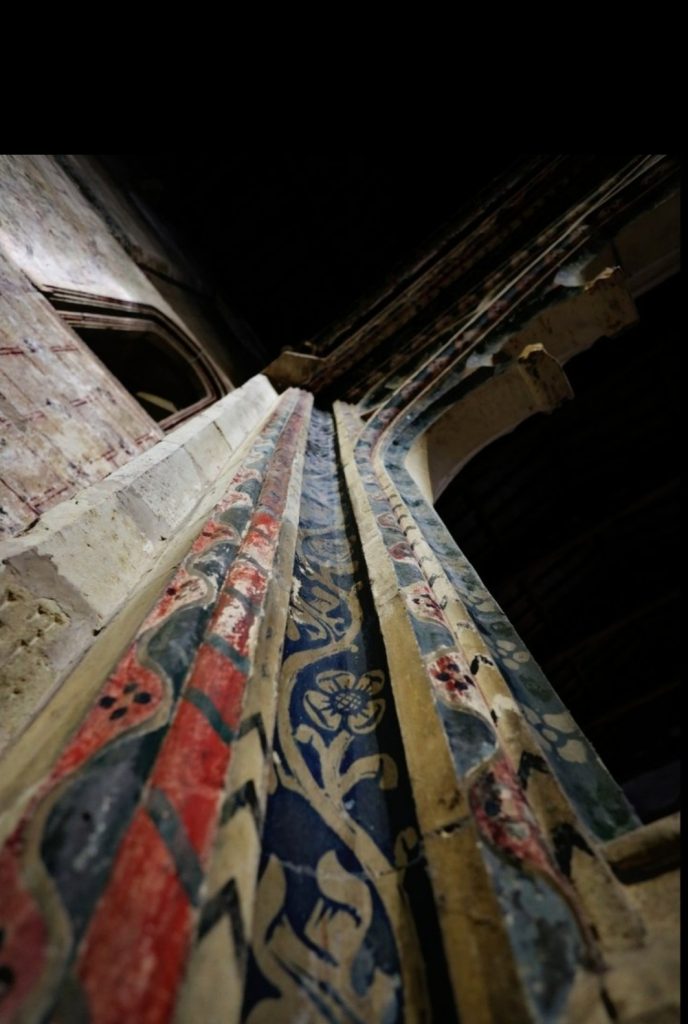

The United Kingdom’s iconic historic churches, architectural marvels and community cornerstones, face a severe funding crisis. These ancient structures, predominantly Anglican parish churches, are battling decay and potential closure due to dwindling financial resources. This essay delves into the complex issues surrounding historic church funding in the UK, examining the impact of reduced support on both architectural preservation and community life. We’ll explore the factors contributing to this crisis and propose sustainable solutions to safeguard these vital pieces of British heritage.
The financial strain on UK historic churches stems from a confluence of factors. Primarily, the increasing secularization of British society has led to a decline in church attendance, directly impacting traditional funding sources (Bruce, 2011). This trend is significant, as the traditional funding of these buildings has historically relied on congregational support. Additionally, the escalating costs of specialized conservation and stringent heritage regulations place an unsustainable burden on local parishes (Palmer, 2014). The need for specialized skills and materials, often required for historic buildings, adds significant expense. Government funding cuts, reflecting shifting national priorities, further exacerbate the problem (Historic England, 2020). The decrease in governmental support significantly impacts the ability of parishes to maintain their buildings. Therefore, funding for historical buildings is becoming harder and harder to acquire.

The consequences of inadequate funding are evident in the deteriorating state of these historic buildings. Structural issues like roof leaks, stonework erosion, and timber decay threaten the very fabric of these architectural treasures Irreplaceable artistic elements, such as stained glass and historic organs, are also at risk. The ongoing deferral of maintenance leads to the irreversible loss of invaluable cultural heritage. Preserving historic churches is crucial to maintaining these national assets.
Beyond their architectural significance, historic churches in the UK serve as vital community hubs, providing spaces for youth programs, senior activities, and cultural events and proposed funding cuts jeopardize these services, increasing social isolation, particularly in rural areas (Phillimore & Morris, 2004). Moreover role of these buildings as community centers is vital, especially in areas with limited resources, oreover, these churches are tourism magnets, contributing significantly to local economies. Their decline can lead to job losses and economic hardship. The economic impact of historic buildings is significant.

These buildings hold deep spiritual and emotional significance, acting as focal points for community identity and repositories of shared memories. They provide spaces for contemplation, reflection, and the commemoration of significant life events. The potential loss of these sacred spaces can induce cultural and spiritual displacement, impacting the well-being of individuals and communities (Davies, 2002). The emotional connection to these buildings is a critical aspect of their value. The importance of historic churches extends beyond their physical presence.
Addressing this crisis requires a strategic and collaborative approach. The current funding model, predicated on diminishing parochial resources and limited grant availability, is demonstrably inadequate. A transition towards diversified and sustainable funding mechanisms is imperative. This could include the establishment of endowments, the cultivation of philanthropic partnerships, and the implementation of innovative community fundraising initiatives. Furthermore, the exploration of revenue-generating activities, such as the leasing of underutilized spaces for compatible commercial ventures, should be considered, with careful consideration for the preservation of the building’s historical integrity. Funding strategies for historic buildings must be innovative. Enhanced collaboration between ecclesiastical authorities, heritage organizations, and local governments is crucial. Shared expertise, coordinated resource allocation, and the dissemination of best practices can optimize conservation efforts. Heritage organizations can provide technical guidance on restoration projects, while local authorities can streamline planning processes and facilitate community engagement (Council for British Archaeology, 2018). The necessity for cooperative effort between diverse organizations is clear.
Community involvement in historic preservation is key. Community involvement is paramount for the long-term viability of these historic assets. Fostering a sense of ownership and responsibility through volunteer programs, fundraising initiatives, and participatory decision-making processes is essential. Partnerships with educational institutions and cultural organizations can further enhance public awareness and appreciation of these buildings’ historical and cultural significance.
The role of central government is indispensable in safeguarding this national heritage. Increased and sustained funding for heritage preservation, streamlined grant application procedures, and the implementation of tax incentives for charitable donations are critical policy interventions. Furthermore, the exploration of innovative funding mechanisms, such as heritage bonds and public-private partnerships, can mobilize substantial capital for conservation projects. Government funding for heritage sites is paramount.

Safeguarding Our Heritage for Future GenerationsThe funding challenges facing historic UK churches pose a significant threat to our national heritage. A collaborative and strategic approach, encompassing diversified funding, enhanced collaboration, community engagement, and government support, is essential. By prioritizing the preservation of these irreplaceable assets, we safeguard British history and community identity. Failure to act will result in the irreversible loss of these invaluable treasures, a testament to our collective negligence and a profound disservice to future generations. Protecting historic churches is a responsibility we must uphold.


© The Uncensored Patriots - 2025. All rights reserved. Web design and maintenance by Consiliuma. Articles by TUP Community Members.